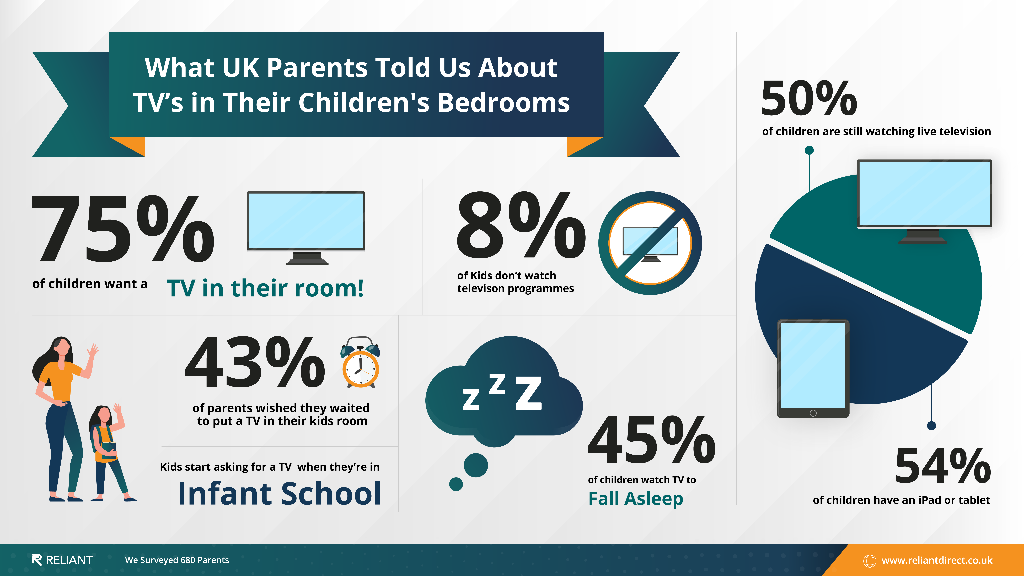Children and screens: Best practices for parents

Screens and children are a combination that bring up a lot of conflicting emotions for parents: sure, those digital babysitters are a godsend at times, and children’s TV has a lot of educational value, but how do we know we’re doing the right thing by letting them watch? What should they be watching and how much? Are they safe and healthy? There’s a balance to be drawn to benefit families, and with that in mind, here are some top tips for parents worrying about their kids’ relationship with TV.
The importance of age
There are different things to consider for children at different ages – little ones under five are at very different developmental stages to their teen brothers and sisters. For younger children, it’s important to prioritise face-to-face interactions and active play to support their developing language and social skills. Of course, monitoring a teenager’s screen time (or anything else for that matter!) is a whole other ball game, but teaching self-regulation and staying engaged with what they are watching are key. At various stages, parents can talk to their children about their mental and physical wellbeing, and how screens and other things can impact both.
Modelling healthy behaviour
Parents lead the way where teaching their children healthy habits is concerned – and that applies in all areas of life. If the TV is always on or the grownups are always on their phones and tablets, they can’t reasonably expect their kids not to follow suit and spend too much time on theirs. Family time is paramount; that doesn’t necessarily mean ruling out watching movies or favourite programmes together, but opportunities to actively connect outdoors, with a game or over a meal are very valuable indeed. Encouraging considered watching is also important (i.e. choosing specific programmes or films of interest and watching properly, rather than there being something or other on in the background most of the time). Of course, the permanent presence of a TV can be hard to resist, but models like the Samsung The Frame include an art mode that can add real aesthetic charm to the room, while the family get on with other things.
TVs and bedrooms
At some point many families look at putting a TV in their kids’ bedrooms. This is a decision to approach with caution, since self-control does not come naturally to most children and teens. When they’re not big enough not to operate a TV independently, it might seem harmless to have one to keep them busy or help them sleep, for example, but it’s worth bearing in mind it might create a pattern that’s not easy to undo. For teens (who often retreat to their bedrooms for downtime) and older children, it’s a question of teaching healthy habits. They should know that good quality sleep is a priority, but it may be useful for parents to have some control over TV in their kids’ rooms. Most modern smart TVs (including the previously mentioned Samsung The Frame) are equipped with functions and parental controls that can be used to help moderate kids’ watching habits. It’s a good idea to encourage them to take a break every 30 minutes and use screens in short bursts, and experts recommend switching them off an hour before bedtime to allow time to wind down
Set rules and limits
With the right rules and limits in place, TV can be an asset for entertainment, education and bonding. A family agreement can be established to manage expectations about how screens should be used and why. Patterns should be set to meet the needs of each child based on their age, interests and engagement, with consideration of how screen time can complement what they do offline. Digital boundaries can also be agreed together, depending on the age of the kids, to get them involved in the process and build their understanding of why it’s beneficial for them to stick to them. It’s a good idea to review the rules as children grow, and whatever devices are used, parents should be sure to make use of free and premium tools available to manage access to age-appropriate content and review time spent. Choosing device-free zones in the home and using tools to turn devices on and off at different times of the day are some other ways to help children strike a healthy balance.
The editorial unit
























Facebook
Twitter
Instagram
YouTube
RSS